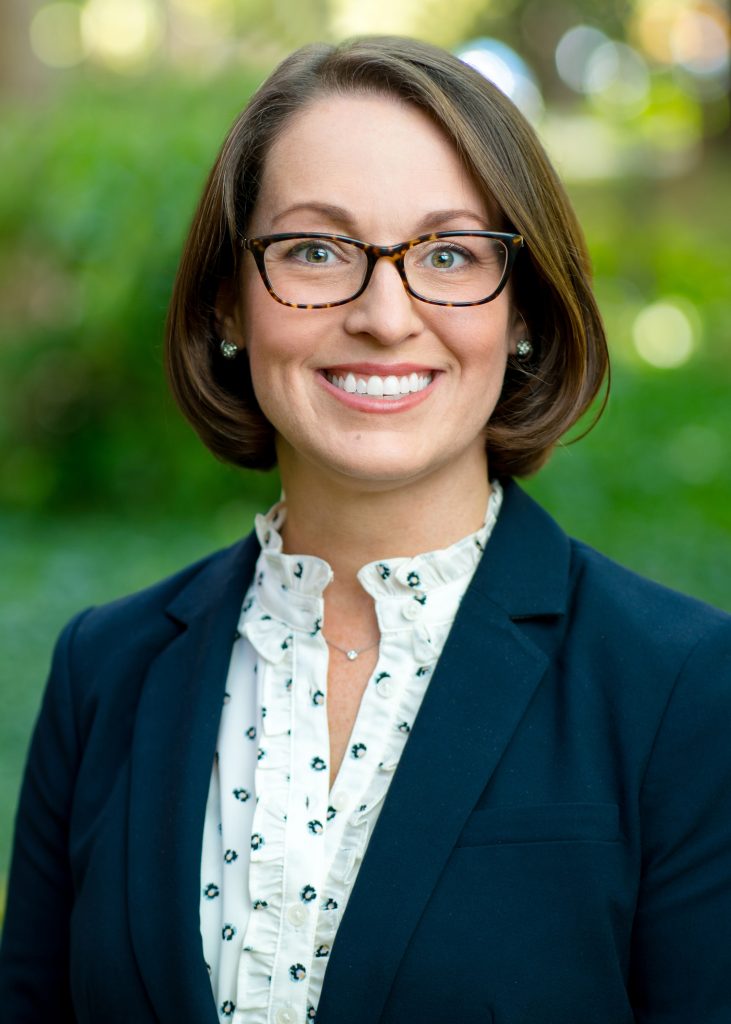Jessica Ness and Parker Trasborg discuss the benefits of using Qualified Charitable Distributions (QCDs) from IRA accounts to do charitable giving.
Jessica:
Hi, I’m Jessica Ness, one of the partners here at CJM Wealth Advisers and I’ve asked Parker Trasborg to join me today.
Parker:
Thanks Jess, it’s a pleasure to Zoom with you today. I understand you’ve had some interesting conversations recently?
Jessica:
I have, I’ve recently met with a client who’s retiring and in their mid 70’s. Of course, they had questions about their required minimum distribution. You know, the amount the IRS makes them take out every year. They give substantial amounts to charities each and every year. So we were discussing if qualified charitable distributions or QCDs might work for them.
Parker:
A QCD is a great idea. It allows them to take a distribution directly from their IRA account up to $100,000 dollars in any given year. Not that most people are giving that much, but there’s a pretty healthy limit there. You can take the distribution as early as age 70 1/2. The Tax Cuts and Jobs Act from a couple of years ago, bumped the RMD age back a little bit but you’re still able to use a QCD at age 70 1/2, even with the later RMD age.
Jessica:
Great reminder, that really is. My client asked if gifts to family members, or kids, would count as a QCD? Unfortunately, no, I had to let them know it doesn’t count. They joked of course, that certain family members of theirs may feel like charity cases, but I had to remind them, it’s only for donations to actual charities. They happened to give about a $1,000 a month to their Alma mater, to a local food bank, and even their church amongst I think a few others.
Parker:
That’s a pretty good donation. So how would this work for them?
Jessica:
So they have about $2,000 a month coming in from their retirement accounts. Meaning that we at CJM, we send them $2,000 a month from their IRA. It comes out of the IRA, they pay tax on that. Then we deposit that after-tax amount, right into their bank account. What they were doing is that they were writing checks from their bank account using those after tax dollars. We realized they may be able to save quite a few dollars on their tax bill if they sent those donations direct from the IRA to the charity and it didn’t stop at their bank account first.
Parker:
Yeah, that’s actually a really, really good planning topic, Jess. By sending those donations directly from their IRA to the charity, then those dollars are completely excluded from their income. Now the caveat is Pershing and other custodians won’t report those separately. They will be included as a distribution amount on the 1099-R. So you really have to keep track of everything that you’re sending to charity to kind of make sure that you’re maximizing the benefit of doing this.
Jessica:
You’re exactly right. That’s why we advise our clients to keep their own records. Keep great detailed records, to scan a copy of a form that they may use to send the money out. Take a picture of a check that they write. A lot of my clients want to rely on the charity to send them the donation letter to confirm, but some charities are not great about sending those letters, or they may come late. So I always recommend to my clients to keep their own records and please send those records to the accountant at tax time to make sure they are accurately reflected on the tax return. Due to this, you can see it’s complicated enough, most of my clients only choose to do this strategy with a substantial donation, or even recurring ones, not the little one-offs.
Parker:
Yeah, that’s a great point. One of my clients was actually using these too. The grandkids would run races for charities, and they would give $25, $30 to support their grand kid and the charity. But then they found at tax time that reporting all this and keeping track of everything really was quite a headache and decided maybe doing it that way really wasn’t worth the trouble. Now Pershing does make everything easier for our clients by giving them a checkbook, to be able to make the distribution directly to the charity from the IRA, by just writing checks. Versus having processing through us to have that distribution go out.
Jessica:
Absolutely, we like to avoid the paperwork and keep it as easy as possible because it is a complicated strategy. So thank you Parker for joining me in recording this video today, we wanted to cover the basics of what a QCD is, and share this video with you. If you have any questions about QCDs or how you might benefit from this strategy, reach out, let’s have a conversation. Thank you for watching. We are CJM Wealth Advisers and in a world of right now, we plan for what’s ahead.



Social Media